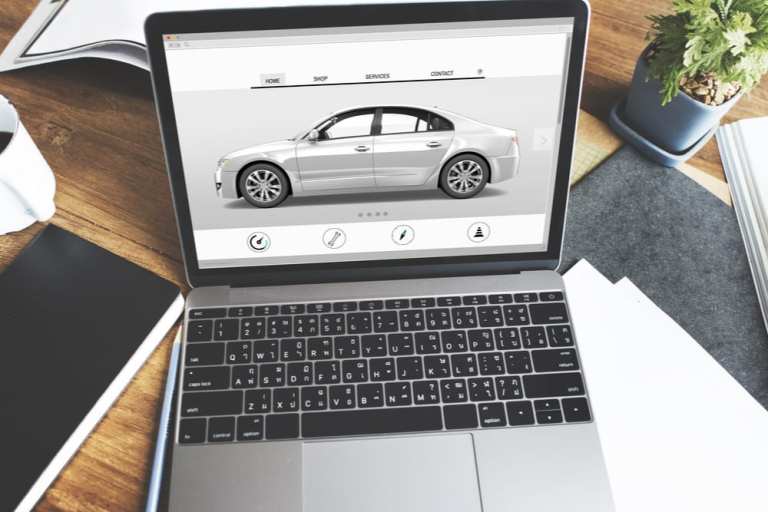Automotive Recovery Depends On Digital 3.0

As predicted by the PYMNTS COVID-19 Tracker project, the automotive business will need to shift to Digital 3.0 for any kind of post-pandemic recovery. That shift was reinforced this week in two reports predicting the need for digital tools to recreate connections with consumers.
According to a new analysis from Deloitte, car manufacturers now face a new set of consumer expectations as demand returns in the marketplace. Those expectations are clearly digital.
“Living through various levels of lockdown and stay-at-home orders, many consumers have ramped up their use of digital tools to consume an increasingly diverse set of goods and services, from groceries and apparel to entertainment and even medical consultations,” the Deloitte report says. “A natural expectation might be that this behavior is not only becoming more commonplace for consumers but may also extend to large purchases, such as vehicles. In fact, as economies across the globe began to shut down for an extended period, in a bid to stay relevant, many vehicle retailers installed third-party solutions to facilitate a fully digital vehicle sales process.”
One of those tools is virtual retailing, or virtual showrooming. A new survey from virtual platform Gubagoo shows that in June, virtual retailing use increased by 39 percent, and digital messaging platform usage has increased an additional 17 percent.
The Deloitte study, while it underscores the need for digital tools, predicts a long recovery for the sector as consumers recover in some states, and the pandemic rages in others. It shows that while consumer interest in completing the car purchasing process online is healthy, most consumers are not looking to buy their next vehicle online. In most markets across the globe, desire for a fully online purchase process is limited to about 25 percent of consumers, except for India (71 percent) and China (45 percent).
“The reason for this may be a long-standing acknowledgment that certain aspects of the vehicle sales process, such as the test drive, remain very difficult to digitize,” the report says. “Therefore, it will be very important for original equipment manufacturers (OEMs) and retailers to continue deploying digital tools that address key consumer pain points, such as the overall length of time taken to complete a purchase, and the excessive amount of paperwork involved.”
Manufacturers have put programs in place to try and capture the digital shift. For example, in late March GM stepped up promotion of its Shop-Click-Drive program, which enables customers to get trade-in estimates and access financing applications without visiting showrooms. Company executives told The Wall Street Journal that purchases through the service have increased during the crisis by about 40 percent from pre-pandemic levels, with 85 percent of dealers now using the tool.
“Definitely we’ll see more customers wanting to do most, if not all, of the transaction online,” GM Chief Executive Mary Barra told reporters this week. “But I don’t think everyone will want to do that, and that’s why we have to meet them where they’re at.”
Writing on July 13, PYMNTS CEO Karen Webster unveiled a concept called Digital 3.0 FIT® that calls on companies in all verticals to define success by their ability to eliminate Friction for the consumer, and in doing so, giving consumers the incentive to move past the Inertia that once kept them from trying something new. That leads to preserving their second-most valuable asset, next to their health: their Time.
“That means platforms must, first and foremost, find a big enough problem that enough people also consider a big enough problem, and then get them on board,” says Webster. “A big part of romancing those stakeholders is the promise that once onboard, the platform will make interactions so efficient that time once spent doing things the old way can be freed up and reallocated to other things.”